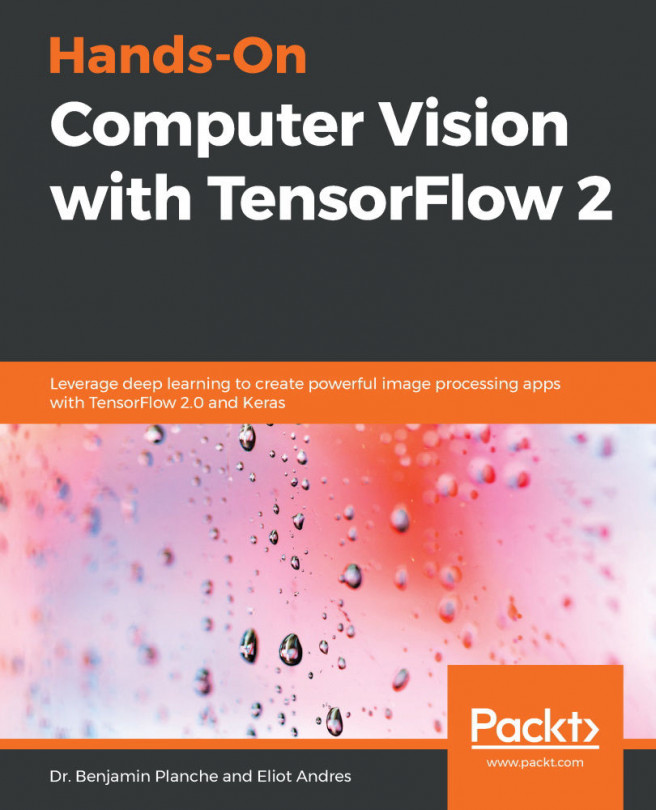MLE and MAP Learning
In many statistical learning tasks, our goal is to find the optimal parameter set  according to a maximization criterion. The most common approach is based on the likelihood
according to a maximization criterion. The most common approach is based on the likelihood  and is called MLE.
and is called MLE.
In fact, given a statistical model  parametrized with the vector
parametrized with the vector  , the likelihood can be interpreted as the probability of such a model generating the training data. Therefore, given a suitable structure of
, the likelihood can be interpreted as the probability of such a model generating the training data. Therefore, given a suitable structure of  the MLE provides a simple but extremely effective tool to define a generative model that is never biased by prior belief. For our purposes, let's suppose we have a data-generating process pdata, used to draw a dataset X:
the MLE provides a simple but extremely effective tool to define a generative model that is never biased by prior belief. For our purposes, let's suppose we have a data-generating process pdata, used to draw a dataset X:

In this case, the optimal set  that maximizes the likelihood of a generic statistical model
that maximizes the likelihood of a generic statistical model  parametrized with
parametrized with  is found as follows:
is found as follows:

This approach has the advantage of being unbiased by incorrect preconditions, because the optimal value  depends exclusively on the observed data. However, at the same time, this approach...
depends exclusively on the observed data. However, at the same time, this approach...












































































